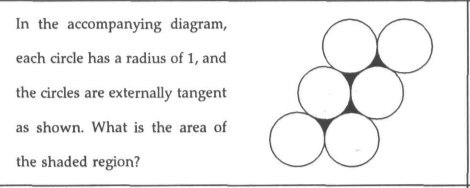
AllQuestion and Answers: Page 1192
Question Number 97541 Answers: 1 Comments: 2
Question Number 97539 Answers: 2 Comments: 0
Question Number 97537 Answers: 1 Comments: 0
Question Number 97531 Answers: 1 Comments: 0
Question Number 97527 Answers: 0 Comments: 0
Question Number 97526 Answers: 1 Comments: 1
$$\int\frac{\mathrm{dx}}{\mathrm{1}+\mathrm{sin}\:\mathrm{x}}=? \\ $$
Question Number 97512 Answers: 0 Comments: 2
Question Number 97506 Answers: 0 Comments: 0
Question Number 97501 Answers: 0 Comments: 2
Question Number 97505 Answers: 0 Comments: 0

Question Number 97497 Answers: 2 Comments: 0

Question Number 97496 Answers: 1 Comments: 0
Question Number 97494 Answers: 1 Comments: 0

Question Number 97492 Answers: 2 Comments: 0

Question Number 97490 Answers: 1 Comments: 0
Question Number 97489 Answers: 2 Comments: 0
Question Number 97485 Answers: 1 Comments: 3

Question Number 97483 Answers: 1 Comments: 4
Question Number 97479 Answers: 2 Comments: 2

Question Number 97478 Answers: 0 Comments: 0
Question Number 97476 Answers: 0 Comments: 0
Question Number 97465 Answers: 2 Comments: 1
Question Number 97463 Answers: 0 Comments: 2

Question Number 97462 Answers: 0 Comments: 1

Question Number 97460 Answers: 1 Comments: 2

Question Number 97454 Answers: 2 Comments: 0

Pg 1187 Pg 1188 Pg 1189 Pg 1190 Pg 1191 Pg 1192 Pg 1193 Pg 1194 Pg 1195 Pg 1196
